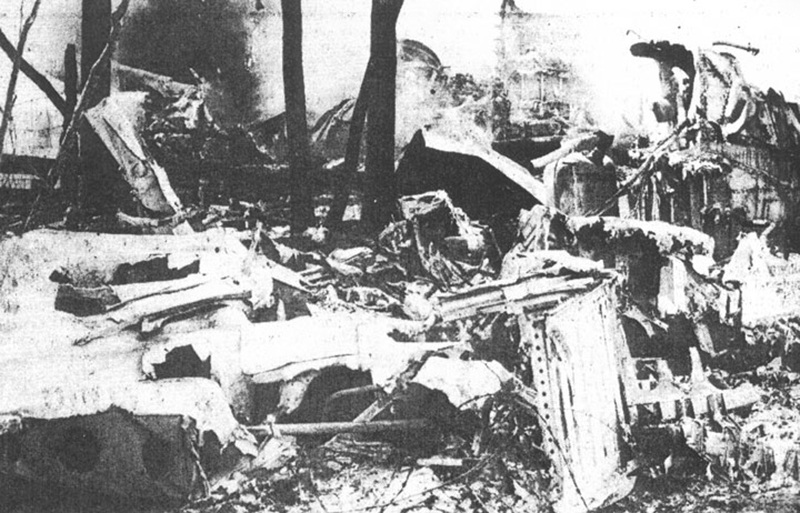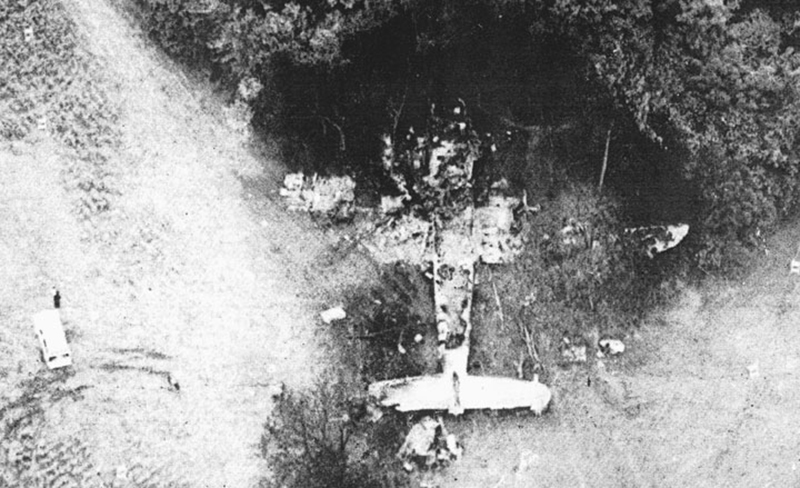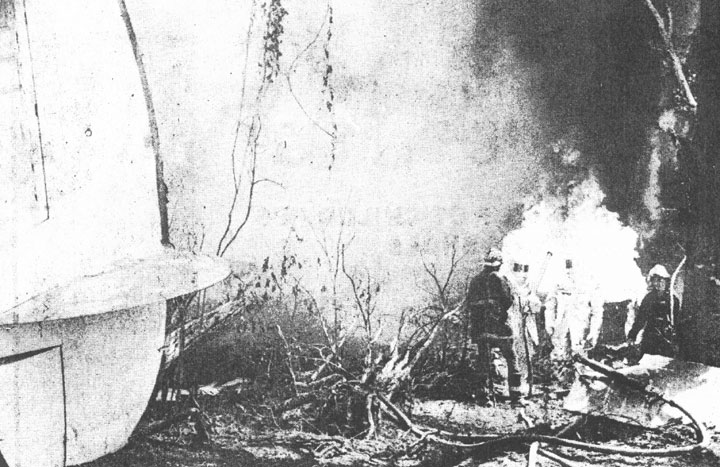Crash of a Douglas C-53D-DO Skytrooper in the Mediterranean Sea: 4 killed
Date & Time:
Apr 21, 1981
Registration:
F-BJBY
Survivors:
No
Schedule:
Oran - Toulouse
MSN:
7390
YOM:
1942
Crew on board:
2
Crew fatalities:
Pax on board:
2
Pax fatalities:
Other fatalities:
Total fatalities:
4
Circumstances:
Radar and radio contacts were lost while the aircraft was flying over the Mediterranean Sea on a flight from Oran to Toulouse. SAR operations were initiated but eventually abandoned six days later as no trace of the aircraft nor the four occupants was found. It is believed that the aircraft crashed into the sea south of Balearic Islands.
Probable cause:
Due to lack of evidences, the cause of the accident could not be determined.












